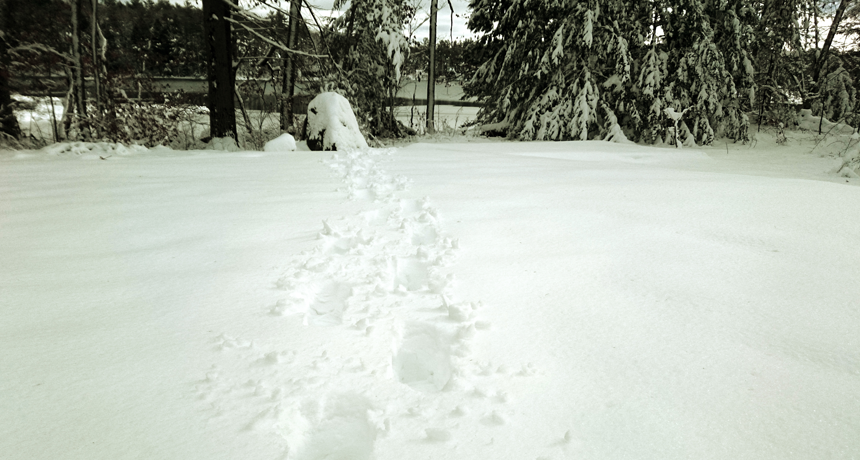(for more about Power Words, click here)
albedo The percentage of radiation falling upon an object that is reflected. In astronomical terms, albedo is the percentage of sunlight that an object bounces back into space.
climate The weather conditions prevailing in an area in general or over a long period.
climate change Long-term, significant change in the climate of Earth. It can happen naturally or in response to human activities, including the burning of fossil fuels and clearing of forests.
cloud A mass of airborne water droplets and ice crystals that travel as a plume, usually high in Earth’s atmosphere. Their movement is driven by winds.
radiation (in physics) One of the three major ways that energy is transferred. (The other two are conduction and convection.) In radiation, electromagnetic waves carry energy from one place to another. Unlike conduction and convection, which need material to help transfer the energy, radiation can transfer energy across empty space. Light is a form of radiation.
ratio The relationship between two numbers or amounts. When written out, the numbers usually are separated by a colon, such as a 50:50. That would mean that for every 50 units of one thing (on the left) there would also be 50 units of another thing (represented by the number on the right).

